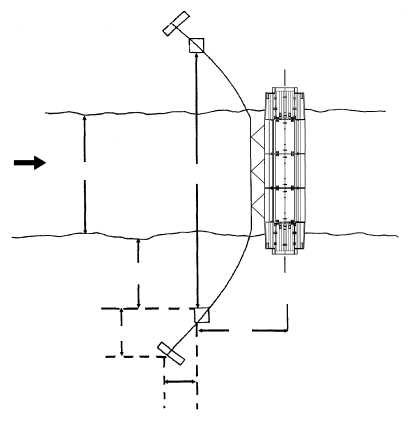Figure 8. Typical Overhead Cable System.
TM 5-5420-278-10
0035 00
0035 00-10
BRIDGE ANCHORAGE (Contd)
OVERHEAD CABLE SYSTEM
a. Overhead cable. An overhead cable system consists of one or more tower
supported cables spanning the river parallel to the bridge. (Refer to figures 8 and 9.)
Each end of the overhead cable is secured to the shore, preferably through the use of
deadmen. Bridle lines are used to connect each bay of bridge to the overhead cable.
The cable functions like the cable used in a suspension bridge, except that in its
final working position the cable is inclined toward the bridge because of the force of
the current on the bridge.
b. Planning considerations. The overhead cable system can be used as both
upstream and downstream anchorage systems. An overhead cable system can hold a
heavy floating bridge in current less than or equal to 11 feet/sec (3.4 meters/sec).
The following basic reconnaissance information must be determined in order to
design an overhead cable system: river width, current velocity, bank heights (near
and far shore), depth of ground water table, type of bridge to be supported. (Refer to
table 4.)
It is also important to be aware of the sizes and types of cable available for use as
an overhead cable and the dimensions and types of materials that are available for
use as a deadman.
DEADMAN
TOWER
CURRENT
G
L
A
H
C
L
C
L
O2
O1
C

